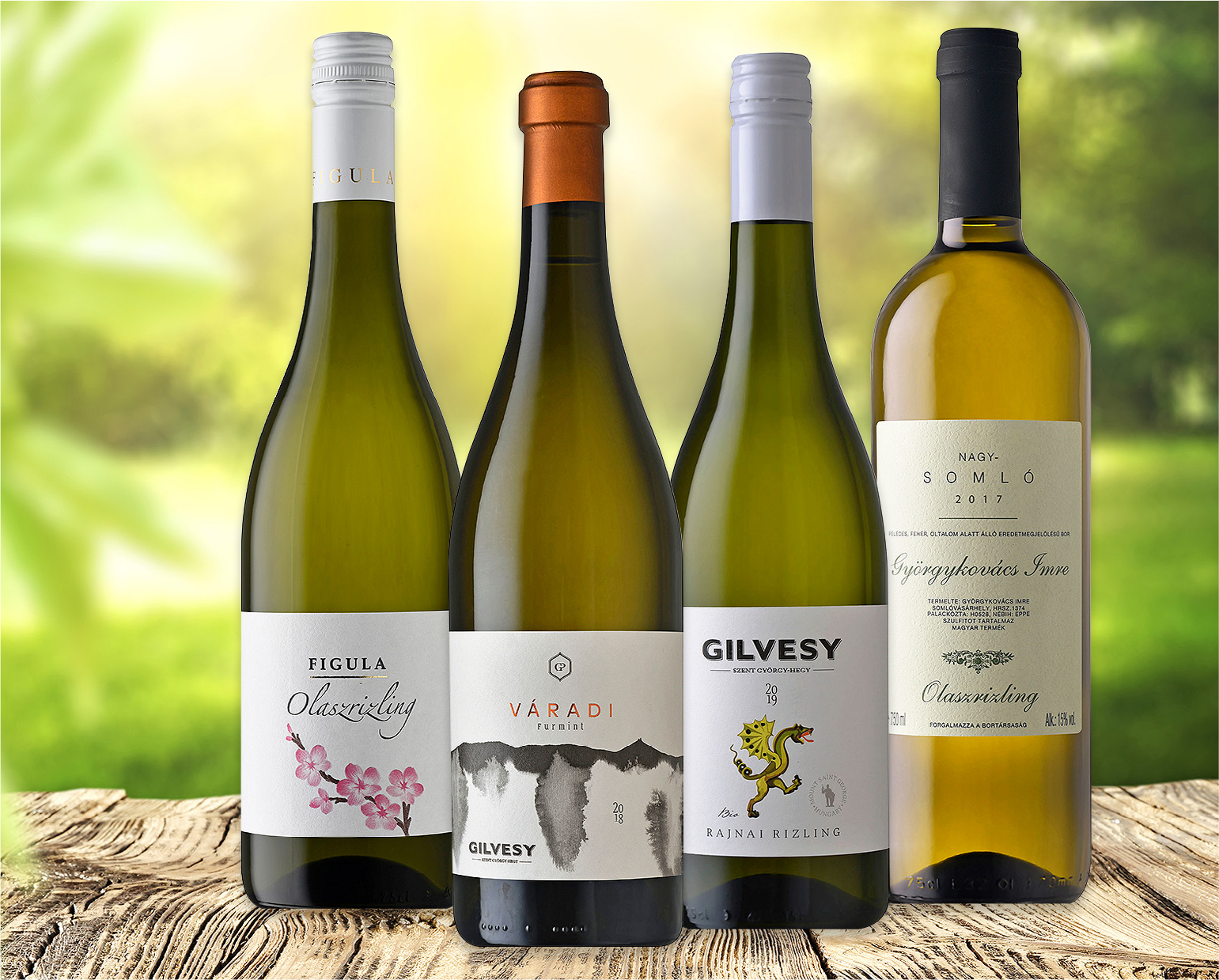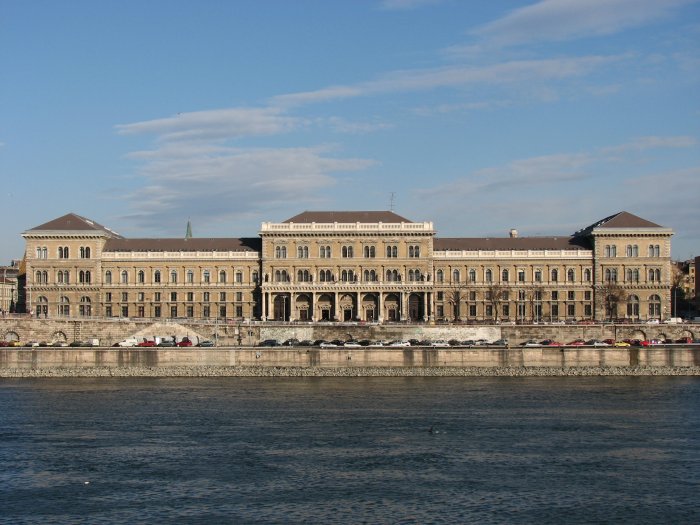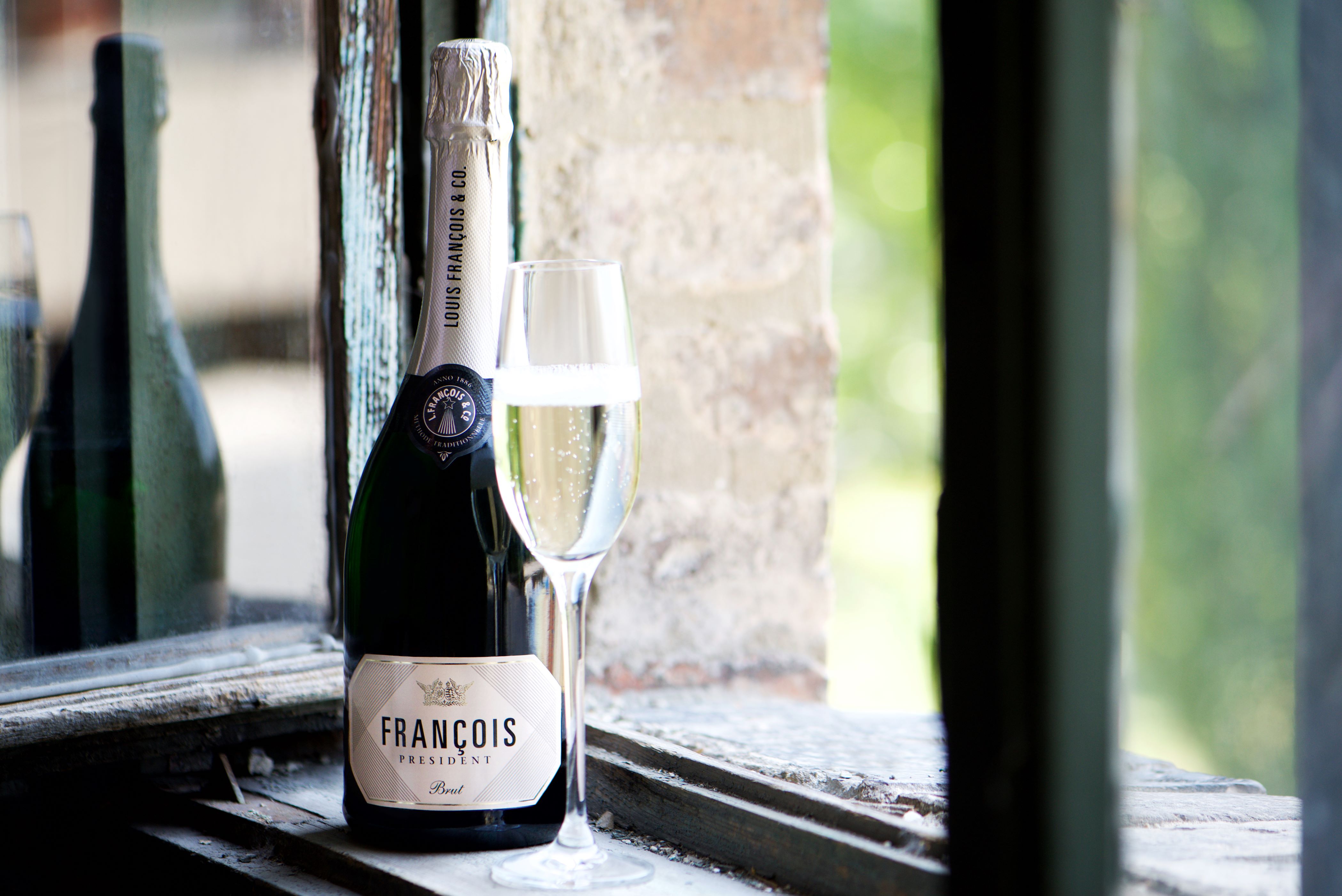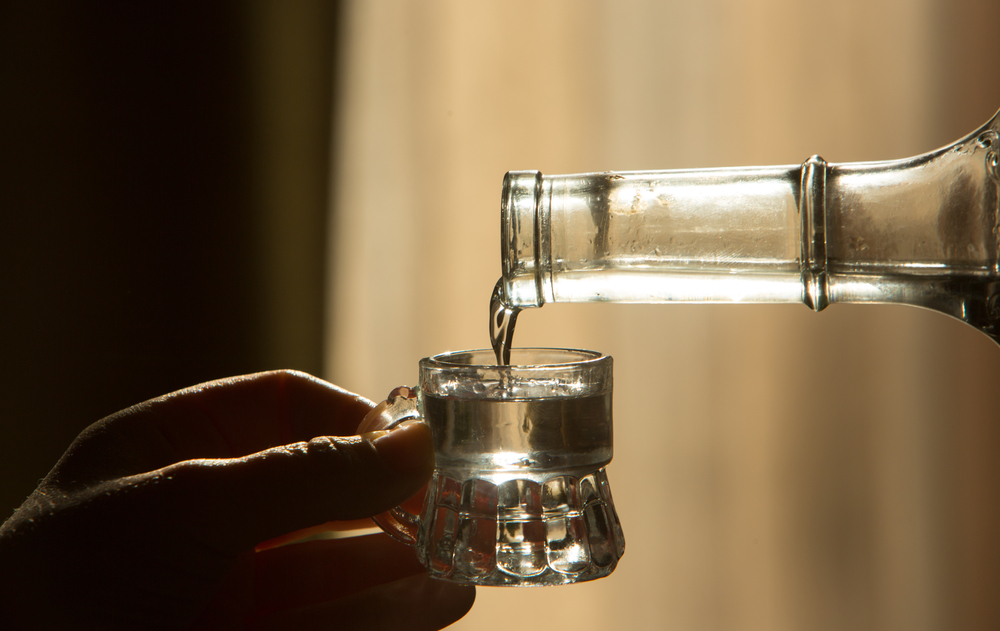Onward and Upward for the Rejuvenated Olaszrizling

The second month of the year on the local wine scene is usually notable for the Furmint February tasting held in Budapest, and Olaszrizling Szerintünk, down in Csopak, on the northern shores of Lake Balaton. Two small blind “tribute” tastings held by the Bormedence Borklub suggests that “ordinary” Olaszrizling and “fancy” Furmint could be a lot closer in terms of quality than many might think.
Known in Hungary only for its ability to make vin ordinaire until relatively recently, Olaszrizling is proving itself to be a fine articulator of terroir, producing rich and complex wines that exude a strong sense of place.
The top five of the Olaszrizling blind tasting revealed some stunners worthy of taking their place on the same table as fine Furmints, with more Olaszrizlings gaining higher points than the similarly priced Furmints in its tasting.
The number one ranked wine in the Olaszrizling tasting was something of a museum piece; Csörnyeföld Olaszrizling 2007 from the Bussay Pince in Zala in southwest Hungary, close to the Croatian and Slovenian borders.
Despite its considerable age, it still revealed a youthful light color and surprising vitality, with complex aromas and intense flavors of nutmeg, vanilla and honey, with the oak very well integrated, and the acidity still sufficiently angular to cut through the richness.
This full-bodied wine, which speaks of its warm southern birthplace, showed the kind of longevity that most Furmint’s can only dream about, but it is unfortunately no longer on the market. This one was made by the late László Bussay, an influential winemaker-cum-doctor.
The wines are now made by his eldest daughter, Dóra Bussay, in tandem with her husband, the highly talented Somló vintner Tamás Kis, who makes his own wines under the name of Somló Vándor.
Side-by-side
The second placed wine was from the volcanic basalt of Somló, Hungary’s smallest wine region, where Olaszrizling and Furmint have long grown side by side, with the former every bit the equal of the latter.
Imre Györgykovács Nagy-Somlói Olaszrizling 2018 beautifully captures the essence of the hot 2018 vintage, with exotic notes of eastern spices, medicinal herbs, juicy pineapple and a honeyed, oily palate.
It contrasted nicely with the more restrained but also very impressive 2017, which took fifth place and exuded a salty, briny minerality. Both appear have sold out from Bortársaság’s website, although there are still a few examples available in its shops; the 2017 from the Budagyöngye and the 2018 from the Pozsonyi utca stores.
Numbers three and four came from Csopak, a source of consistent and concentrated Olaszrizlings. Number three, Lőczedombi Olaszrizling 2018 (HUF 4,750 from Bortársaság) was from the well-known Jásdi Pince, a pioneer of single-vineyard Olaszrizling.
The Lőczedomb vineyard is rich in Csopak’s trademark red Permian sandstone. István Jásdi’s early claim that Olaszrizling can convey the characteristics of places of growth as well as Furmint once appeared a little lofty, but no one is laughing now.
The number four, Ötsoros Olaszrizling 2017 (HUF 3,690 from demijohn.hu), was from the barely known Fekete Pince, a bijou operation that makes big wines.
Close to Csopak, Balatonfüred’s Figula winery deserves a nod for its work with Olaszrizling, although its wines were not included in this blind tasting. The entry-level Olaszrizling from Figula (HUF 2,090 from Bortársaság) is a fine and bargain introduction to the grape, before setting off to sip the more intense single vineyard offerings that can show striking differences.
For example, you can experience the warmth of Lake Balaton in Sáfrán (HUF 4,350 for the 2019) from the Sáfránkert vineyard, just a couple of hundred meters from the lake (between Csopak and Paloznak) with all its reflected heat; and then the cool, floral, airy character in the most northern Sóskút (HUF 3,750 for the 2018) vineyard bottling.
Olaszrizling is a highly versatile grape that can make not only dry still wine that ranges from the light, fresh and zesty to the rich and concentrated, but is also a key component in botrytized sweet wine, such as the TBA (Trockenbeerenauslese) wines of Austria’s Burgenland, which rival Tokaj Aszú.
In Austria, where the Olaszrizling grape is called Welschriesling, it is used to make sparkling wine in the Weinviertel. It is also used in Brazil to make sparkling wine.
A Grape of Many Names
The grape most likely originates from northern Italy (Olasz meaning Italian in Hungarian), where it can be found as Riesling Italico. The grape sometimes keeps its Austrian moniker of Welschriesling in Alto Adige (Südtirol or South Tyrol).
This essentially pan-Central European grape also makes some fine wines in northern Croatia as Graševina, and is that country’s most planted grape variety. I thought Krauthaker’s entry-level Graševina 2019 from Kutyevo showed nice varietal notes of crunchy apple and pear, with linear acidity, at the Olaszrizling tasting, though was somewhat underwhelming for other participants.
In Slovenia, Olaszrizling goes by the name Laški Rizling, while in the Czech Republic and Slovakia it’s Ryzlink vlašský. It also pops up in Romania as Riesling Italian.
Perhaps confusingly, Olaszrizling is not related to the German Riesling grape (which is known as Rajnai rizling in Hungarian), although the two often feature together in blends around Lake Balaton, such as in Gilvesy Pincészet’s light but great value Bohém (the 2019 is HUF 1,950 from Bortársaság) and the more concentrated, organic and spontaneously fermented St. George (which also includes some Furmint), both from Szent György Hill.
The latter wine I have yet to try, but I was recently bowled over by the cellar’s Rajnai rizling 2019 (HUF 2,550 from Bortársaság), which is also organic, and follows up the promise of the fruity and floral nose on the similarly substantial palate. It is both varietally pure and quite rich for a wine made only in the tank, and was part spontaneously fermented and part fermented with organic yeast. It comes from eight different Riesling clones from the Váradi vineyard, which lies at the foot of Szent György Hill and is composed of weathered basalt.
It is from this southeast-facing vineyard that the number two Furmint came at the Bormedence blind tasting; Váradi Fumint 2018 (HUF 4,450) saw off quite a few renowned names from Tokaj and was surpassed only by a fine 2016 Furmint from the virtually unknown Rudnok Pincészet, from the Tokaj enclave of Olaszliska, which has sadly since sold out (not surprising, as it was a bargain at HUF 1,200 a bottle.)
This article was first published in the Budapest Business Journal print issue of February 26, 2021.
SUPPORT THE BUDAPEST BUSINESS JOURNAL
Producing journalism that is worthy of the name is a costly business. For 27 years, the publishers, editors and reporters of the Budapest Business Journal have striven to bring you business news that works, information that you can trust, that is factual, accurate and presented without fear or favor.
Newspaper organizations across the globe have struggled to find a business model that allows them to continue to excel, without compromising their ability to perform. Most recently, some have experimented with the idea of involving their most important stakeholders, their readers.
We would like to offer that same opportunity to our readers. We would like to invite you to help us deliver the quality business journalism you require. Hit our Support the BBJ button and you can choose the how much and how often you send us your contributions.







